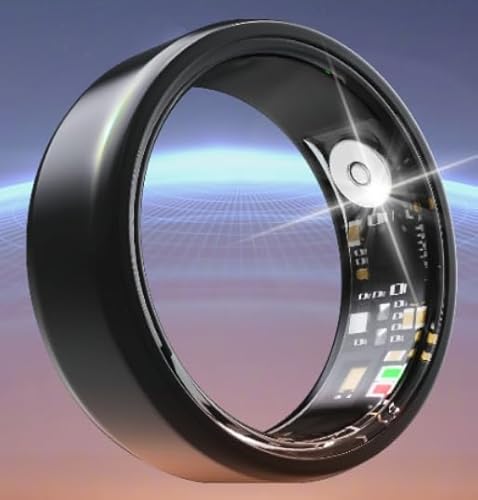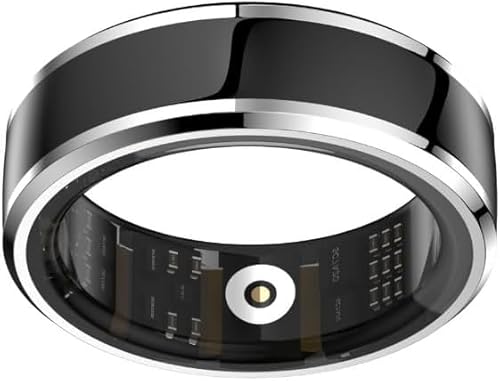http://www.circ.ahajournals.org/cgi/content/full/114/8/838 <-- The article
The paragraph that stuck out to me:
and
and the graph is damning too:

I reckon it's good reading if you're in to worrying and you can deal with thick jargon. It really is something you should read if you're on an ARB, in my opinion.
It really is something you should read if you're on an ARB, in my opinion.
In summary, there's some legit data out there that says although ARBs are about as effective as ACE Inhibitors for lowering blood pressure, the mechanism by which they do it may be harmful to some people. It's suggested that ARBs can cause instability and rupture of coronary plaque. It also said some stuff that makes me think it may adversely affect endothelial cells which is probably bad for people with BAV/Aneurysms.
ARBs block the AT1 receptors and turn off a negative feedback mechanism thereby increasing AngII levels and activating the AT2 receptors several times more than would be without the ARB. This makes the body produce more bad stuff and AngII is one of them that probably causes adverse effects, of which not enough is known. The article attempts to explain what kind of bad stuff probably happens because of it.
What's my conclusion? I would stick with an ACE Inhibitor unless I couldn't tolerate their side effects. In my opinion ACE Inhibitors are probably the most protective out of all the BP drugs.
I just switched back to Cozaar so naturally I'm obsessing over the merits of my decision. I've had less heart burn and other small improvements since the switch, but ... at what cost? Hopefully none. Figured I'd share this with my valve family.
The paragraph that stuck out to me:
In the LIFE (Losartan Intervention For Endpoint reduction in hypertension) trial (n=9193),14 losartan treatment was associated with a 5% statistically nonsignificant increase of MI (198/4605 versus 188/4588, unadjusted, or 7% adjusted) compared with atenolol despite a 1.7-mm Hg lower mean pulse pressure and a major reduction in stroke. Candesartan was associated with a 10% statistically nonsignificant increase in fatal plus nonfatal MI (14% for nonfatal MI) in SCOPE (Study on COgnition and Prognosis in Elderly)15 (n=4937) despite a mean 3.2/1.6-mm Hg lower blood pressure than in the control group. In the VALUE trial (n=15 245),13 treatment with valsartan 160 mg was associated with a statistically significant increase (19%; P=0.02) in total MI (fatal and nonfatal MI) compared with amlodipine 10 mg. Importantly, this trial recruited "high-risk" patients with hypertension, 80% of whom had symptomatic vascular disease. A post hoc analysis of serial median matching71 and a division of the follow-up period into consecutive intervals suggested that the MI rate was a reflection of the blood pressure differential of 1.8/1.5 mm Hg in favor of amlodipine, although these analyses have been criticized.72 In VALUE, the predicted odds ratio (OR) for MI was 0.98 for a systolic blood pressure gradient of 2.2 mm Hg compared with the observed 1.19 (P=0.03), which led one expert to conclude, "with regards to myocardial infarction, the results of valsartan-based treatment were worse, or conversely, those of amlodipine-based treatment were better, than predicted from the gradient in the achieved systolic blood pressure."72
and
After adjustment for blood pressure differentials, not only are MI and CV death unaltered with ARBs, but they actually show a tendency to increase, such that compared with the clear benefits seen with ACEIs, the effects seen with ARBs are significantly inferior (Figure 10). It is truly paradoxical that 9 of the 11 key ARB trials showed an excess in rates of MI, an observation that is difficult to discount in clinical practice (Figure 8).
and the graph is damning too:

I reckon it's good reading if you're in to worrying and you can deal with thick jargon.
In summary, there's some legit data out there that says although ARBs are about as effective as ACE Inhibitors for lowering blood pressure, the mechanism by which they do it may be harmful to some people. It's suggested that ARBs can cause instability and rupture of coronary plaque. It also said some stuff that makes me think it may adversely affect endothelial cells which is probably bad for people with BAV/Aneurysms.
ARBs block the AT1 receptors and turn off a negative feedback mechanism thereby increasing AngII levels and activating the AT2 receptors several times more than would be without the ARB. This makes the body produce more bad stuff and AngII is one of them that probably causes adverse effects, of which not enough is known. The article attempts to explain what kind of bad stuff probably happens because of it.
What's my conclusion? I would stick with an ACE Inhibitor unless I couldn't tolerate their side effects. In my opinion ACE Inhibitors are probably the most protective out of all the BP drugs.
I just switched back to Cozaar so naturally I'm obsessing over the merits of my decision. I've had less heart burn and other small improvements since the switch, but ... at what cost? Hopefully none. Figured I'd share this with my valve family.























